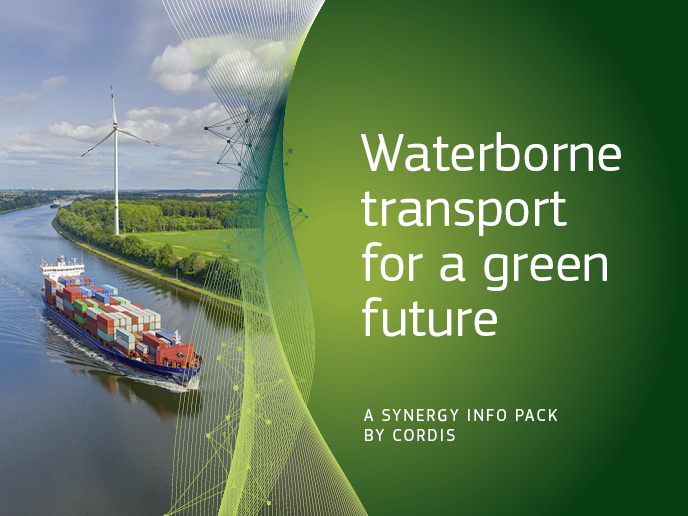New technology aims to capture CO2 from the air
The European Union has set the ambitious goal(opens in new window) of cutting greenhouse gas emissions by at least 55 % by 2030 and, in doing so, become climate neutral by 2050. To achieve this, not only is the EU looking to reduce carbon emissions, but it is also looking at the possibility of capturing carbon dioxide (CO2) from the air. “Carbon capture is the process of trapping CO2 emissions at their source, such as at an industrial plant or directly from the air,” says Wolfgang Schmitt(opens in new window), a professor at Trinity College Dublin(opens in new window). “The CO2 can then be sequestered underground, used or transformed.” While carbon capture has the potential to serve as an additional means of fighting climate change, it remains, in large part, nothing more than a theory. But that could soon change, thanks in part to new technological advancements like those coming from the EU-funded AACCT project. The project has designed a new device for directly capturing CO2 from the air. “The solution is based on porous materials that act much like an air filter, adsorbing CO2 from the atmosphere,” explains Sébastien Vaesen, the postdoctoral research engineer who, along with Schmitt, worked on the project.
Successes and limitations
According to Vaesen, the AACCT solution is essentially a thin, hollow cylindrical cartridge filled with innovative porous materials. “Installed directly into an industrial site or IT data centre, the solution filters CO2 from the air and uses vacuum and heat to regenerate the materials, producing pure CO2,” he says. During the project, which was supported by the European Research Council(opens in new window), the researchers built and tested a stand-alone prototype and demonstrator model of the device. “By successfully performing continuous cyclic capture and release of CO2 from the air, we proved not only that the technology works but, more importantly, that it can be scaled up,” adds Schmitt. Despite this success, the prototype also showed some limitations, particularly as to the heat transfer happening inside the cartridge. “Because our use of an external heating system slowed the regeneration step down, the overall productivity of the system was reduced,” remarks Vaesen. To overcome this limitation, the team went back to the drawing board and developed a new design that featured internal heating elements. “Not only do these internal heating elements solve the heat transfer problem, they also significantly accelerate the regeneration step of the process,” he notes. This innovative design has been patented.
An eye towards commercialisation
What started off as nothing more than a simple diagram on a computer screen has evolved into a fully designed, built and operational carbon capture solution. But, as Schmitt is quick to point out, there is still much more work to be done. “We are currently in the process of developing an industrial-sized demonstrator and are in discussions with multinational companies interested in providing test sites for the solution,” he says. With an eye towards commercialisation, project researchers are actively courting potential investors. They are also in the early stages of identifying the best routes to market, including the potential of creating a spin-off company. “We hope that, in the near future, this technology will be deployed at scale to help fight climate change,” concludes Schmitt.







